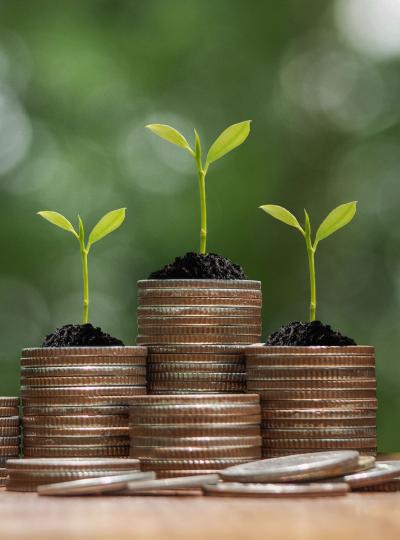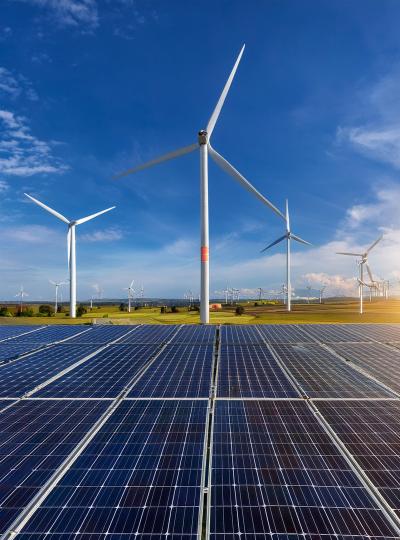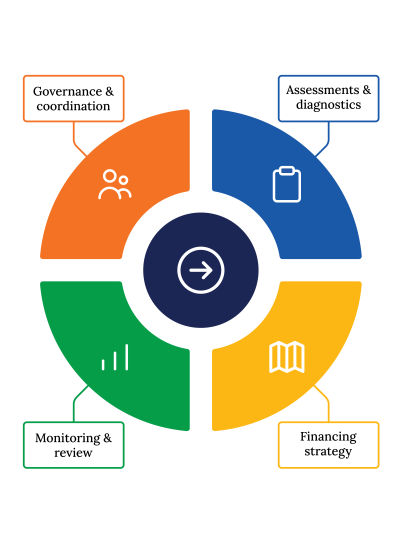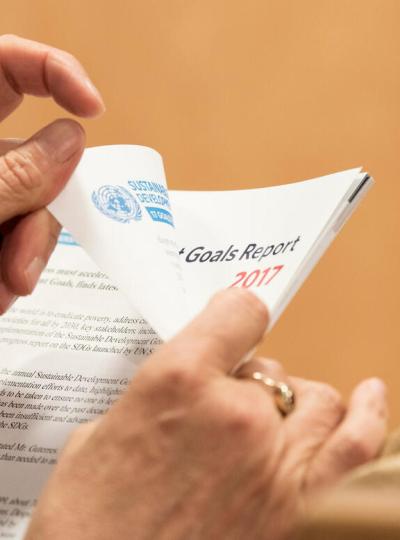Green Finance
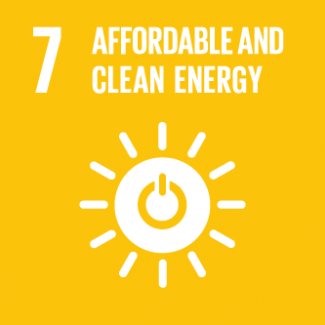
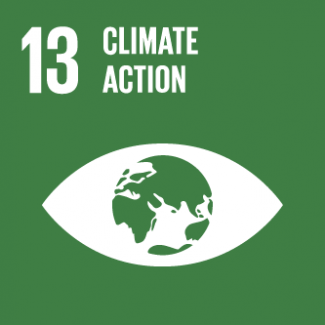
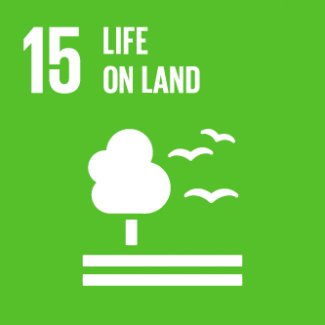
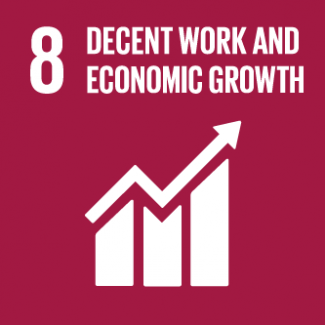
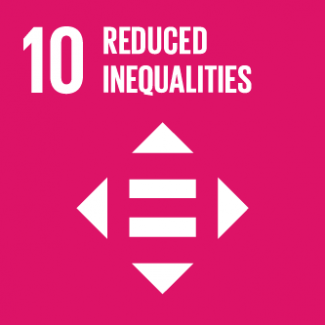
Business Model Description
Provide funding for projects that promote environmental sustainability. This includes investments in renewable energy projects, sustainable agriculture practices, energy-efficient infrastructure, and conservation initiatives. By directing capital towards environmentally friendly projects, green finance aims to mitigate climate change impacts while generating economic returns.
Expected Impact
Mobilize private sector investment towards SDGs by providing financing options that prioritize environmental benefits.
How is this information gathered?
Investment opportunities with potential to contribute to sustainable development are based on country-level SDG Investor Maps.
Disclaimer
UNDP, the Private Finance for the SDGs, and their affiliates (collectively “UNDP”) do not seek or solicit investment for programmes, projects, or opportunities described on this site (collectively “Programmes”) or any other Programmes, and nothing on this page should constitute a solicitation for investment. The actors listed on this site are not partners of UNDP, and their inclusion should not be construed as an endorsement or recommendation by UNDP for any relationship or investment.
The descriptions on this page are provided for informational purposes only. Only companies and enterprises that appear under the case study tab have been validated and vetted through UNDP programmes such as the Growth Stage Impact Ventures (GSIV), Business Call to Action (BCtA), or through other UN agencies. Even then, under no circumstances should their appearance on this website be construed as an endorsement for any relationship or investment. UNDP assumes no liability for investment losses directly or indirectly resulting from recommendations made, implied, or inferred by its research. Likewise, UNDP assumes no claim to investment gains directly or indirectly resulting from trading profits, investment management, or advisory fees obtained by following investment recommendations made, implied, or inferred by its research.
Investment involves risk, and all investments should be made with the supervision of a professional investment manager or advisor. The materials on the website are not an offer to sell or a solicitation of an offer to buy any investment, security, or commodity, nor shall any security be offered or sold to any person, in any jurisdiction in which such offer would be unlawful under the securities laws of such jurisdiction.
Country & Regions
Sector Classification
Financials
Development need
The financial sector plays a pivotal role in economic growth and poverty reduction by mobilizing savings, allocating capital efficiently, and providing access to credit. However, many developing countries face significant gaps in financial inclusion, with limited access to affordable credit for micro, small, and medium enterprises (MSMEs) and vulnerable groups.
Policy priority
The Jamaican government has prioritized financial sector reform to address these challenges, aligning with its Vision 2030 National Development Plan.
Gender inequalities and marginalization issues
Gender disparities in financial access persist in Jamaica, with women and marginalized groups often excluded from formal financial systems. Cultural norms, lack of collateral, and limited financial literacy further exacerbate these inequalitie
Investment Opportunities Introduction
Jamaica’s financial sector offers significant investment opportunities, particularly in expanding digital financial services, supporting SME growth, and developing green finance initiatives. With a strong policy focus on financial inclusion and innovation.
Key bottlenecks introduction
Challenges include weak regulatory frameworks, high operational costs, and limited data for risk assessment. The financial sector also faces risks from rapid innovation, such as cybersecurity threats and potential financial instability.
Capital Markets
Development need
Development Need:Jamaica’s capital markets are critical for economic growth and development, yet access to market funding remains limited for many businesses, particularly SMEs. Despite rapid growth in stock market capitalization—from 35% to 85% of GDP between 2010 and 2020—market turnover remains low, indicating inefficiencies in liquidity and accessibility
Gender inequalities and marginalization issues
Capital markets in Jamaica have the potential to address gender disparities by providing equitable access to funding for women-led businesses and marginalized groups. However, barriers such as limited financial literacy and cultural norms hinder participation.
Investment opportunities introduction
Jamaica’s capital markets offer promising investment opportunities, particularly in expanding equity financing for SMEs, developing green bonds, and enhancing digital trading platforms. With supportive policies like tax incentives for listed companies and initiatives such as the Junior Market
Key bottlenecks introduction
Challenges include low market turnover, limited investor confidence in smaller firms, and inadequate financial literacy among the general population. Regulatory gaps and high operational costs also constrain capital market growth.
Investment Banking and Brokerage
Pipeline Opportunity
Green Finance
Provide funding for projects that promote environmental sustainability. This includes investments in renewable energy projects, sustainable agriculture practices, energy-efficient infrastructure, and conservation initiatives. By directing capital towards environmentally friendly projects, green finance aims to mitigate climate change impacts while generating economic returns.
Business Case
Market Size and Environment
USD 100 million - USD 1 billion
20% - 25%
Green bond issuance reached a total of $575 billion in 2023.
Jamaica’s capital market, with a $12 billion market capitalization, includes climate-focused companies like Wigton Windfarm and MPC Clean Energy. This underscores the potential for scaling green finance through equity and bond markets
The Jamaican government estimates it needs "hundreds of billions of dollars" to address climate adaptation and decarbonization goals, with the Jamaica Stock Exchange (JSE) Green Bond platform poised to attract both local and international investors
Indicative Return
> 25%
Jamaica's upcoming "blue-green" bonds, supported by government concessions and blended finance arrangements, are expected to yield competitive returns by mitigating risks associated with large-scale sustainability projects. These bonds align with global trends in green finance, which have shown steady growth
Investments in Jamaica’s renewable energy sector offer significant returns due to high electricity costs ($0.307/kWh for residential customers) and government incentives, such as tax credits for solar PV systems and duty exemptions for renewable energy imports. These factors enhance profitability for investors.
Investment Timeframe
Medium Term (5–10 years)
The Blue Green Facility, a $500 million blended financing structure, is designed for a medium-term timeline of five years, aligning with Jamaica’s climate adaptation and mitigation goals
Infrastructure Needs: Jamaica’s infrastructure investments require sustained financing over the medium term to address climate resilience and transition risks, supported by long-term loan instruments.
Ticket Size
> USD 10 million
Market Risks & Scale Obstacles
Business - Business Model Unproven
Market - Highly Regulated
Market - Volatile
Impact Case
Sustainable Development Need
Climate Change: Jamaica faces rising sea levels and extreme weather events, threatening 70% of its population and economic assets concentrated in coastal areas.
Social Inclusion: High unemployment rates and income inequality persist, with marginalized groups often excluded from economic opportunities.
Energy Transition:Jamaica faces high energy costs, with electricity prices at $0.307/kWh, limiting competitiveness in key sectors.
Gender & Marginalisation
Disproportionate Vulnerability to Climate Change Women, particularly in rural areas, are disproportionately affected by climate change due to their reliance on natural resources for livelihoods.
Expected Development Outcome
Blended financing models enable MSMEs to access funding for climate projects, fostering equitable economic growth and empowering marginalized groups
Investments in renewable energy aim to achieve 50% renewables by 2030, lowering electricity costs and reducing dependence on fossil fuels
ESG workshops by the JSE and UNDP empower stakeholders with tools to integrate sustainability into operations, driving long-term impact across sectors
Gender & Marginalisation
Provide business opportunties and employment for women and marginalized communities, while contributing to the growth of the sector
Innovative financing mechanisms under programs like the Joint SDG Fund empower women, youth, and people with disabilities by expanding access to agribusiness and renewable energy opportunities, fostering inclusive economic growth
Primary SDGs addressed

7.a.1 International financial flows to developing countries in support of clean energy research and development and renewable energy production, including in hybrid systems
Jamaica has secured international funding, including a $582,000 readiness grant from the Green Climate Fund, to support renewable energy and climate adaptation projects, with further investments required to meet targets
Jamaica seeks to increase international climate finance inflows to support renewable energy and climate resilience projects, aiming for substantial funding contributions by 2030

13.b.1 Number of least developed countries and small island developing States with nationally determined contributions, long-term strategies, national adaptation plans, strategies as reported in adaptation communications and national communications
Jamaica has implemented policies like the Climate Change Policy Framework, but adaptation measures remain underfunded, with an estimated USD 1 billion needed by 2050 to address climate risks and resilience
By 2030, Jamaica plans to fully implement its Climate Change Policy Framework, ensuring comprehensive adaptation strategies to mitigate impacts of extreme weather events.

15.a.1 (a) Official development assistance on conservation and sustainable use of biodiversity; and (b) revenue generated and finance mobilized from biodiversity-relevant economic instruments
Through partnerships like the NDC Partnership, Jamaica has received technical assistance and funding for capacity-building programs targeting climate resilience and green finance deployment
By 2030, Jamaica plans to fully integrate ecosystem-based adaptation into national development planning, supported by green finance investments in mangrove restoration and biodiversity conservation
Secondary SDGs addressed


Directly impacted stakeholders
People
Gender inequality and/or marginalization
Planet
Corporates
Public sector
Indirectly impacted stakeholders
People
Gender inequality and/or marginalization
Planet
Corporates
Public sector
Outcome Risks
Economic Inequality: Small businesses or marginalized groups may face barriers to accessing green finance due to high entry requirements or credit constraints, exacerbating existing inequalities
Greenwashing Risks: Enterprises might exaggerate their environmental contributions to attract green financing, leading to inefficiencies and reduced credibility of green finance mechanisms
Resource Misallocation: Green finance may lead to over-investment in long-term, high-risk projects with uncertain returns. This can distort resource allocation and reduce overall investment efficiency.
Displacement of Polluting Industries: Strict green finance policies may force polluting industries out of the market without providing viable transition pathways, resulting in job losses and social unrest in affected communities
Gender inequality and/or marginalization risk: If gender-responsive financing is not prioritized, women and underserved groups may remain excluded from green finance opportunities, limiting their ability to participate in climate resilience projects
Impact Risks
Evidence Risk: Insufficient high-quality data on the effectiveness of green finance projects, such as renewable energy adoption or reforestation, may lead to misjudged impacts, undermining expected outcomes.
External Risk: Extreme weather events or economic shocks could disrupt green finance projects, delaying implementation and reducing their ability to deliver intended climate resilience benefits.
Drop-Off Risk: Positive impacts from green finance projects, such as ecosystem restoration or energy efficiency improvements, may not endure due to insufficient long-term funding or maintenance efforts.
Stakeholder Participation Risk: Failure to adequately involve marginalized groups, such as women or rural communities, in decision-making processes may result in exclusion and perpetuate inequalities in accessing green finance opportunities.
Impact Classification
What
Funding renewable energy, sustainable agriculture, and conservation initiatives, reducing carbon emissions and enhancing environmental sustainability
Who
Businesses implementing green projects, underserved communities gaining access to climate-resilient infrastructure, and local ecosystems restored through green bond-funded initiatives
Risk
Economic instability or climate events may disrupt green bond projects. Stakeholder participation risks arise if marginalized groups are excluded from decision-making processes
Contribution
Green bonds mobilize private capital that would not have been allocated to environmental projects without their issuance, ensuring additionality in addressing climate challenges.
Impact Thesis
Mobilize private sector investment towards SDGs by providing financing options that prioritize environmental benefits.
Enabling Environment
Policy Environment
Green Bond Principles (ICMA): The Green Bond Principles promote transparency and integrity in green bond issuance, ensuring funds are allocated to environmentally sustainable projects.
Paris Agreement (2015): The Paris Agreement sets global climate targets, encouraging countries like Jamaica to adopt green finance mechanisms, including green bonds, to meet emissions reduction goals
Jamaica Stock Exchange Green Bond Guidelines: These guidelines facilitate green bond issuance by providing local issuers with clear frameworks for project eligibility and reporting standards.
Jamaica’s Climate Change Policy Framework:This framework outlines national climate adaptation and mitigation strategies, guiding green finance initiatives to align with local environmental priorities.
Financial Environment
Innovative Financial Instruments: Green bonds, supported by the Jamaica Stock Exchange’s Green Bond Guide, enable public and private entities to raise capital for sustainable projects, offering investors competitive returns with environmental benefits.
Subsidized Credits and Guarantees: The Jamaica Green Financing Facility, supported by the GCF and EIB, offers concessional loans and guarantees to de-risk private investments in climate-smart projects
Government Insurance at Preferential Rates: Climate catastrophe bonds, such as the $185 million issued in 2021, provide storm protection and mitigate risks for public and private stakeholders
Regulatory Environment
Financial Services Commission (FSC) Regulations: The FSC oversees green bond issuance, ensuring compliance with financial regulations and investor protection standards.
Securities Act (1993): Governs the issuance and trading of securities, providing a legal framework for market transparency and integrity
Environmental Protection Act (1991): Mandates environmental impact assessments for projects, ensuring green finance initiatives comply with national environmental standards
Marketplace Participants
Private Sector
Jamaica Stock Exchange (JSE), Development Bank of Jamaica (DBJ), Local Corporates
Government
Ministry of Finance & Public Service (MOFPS), Climate Change Division, Government of Jamaica (GOJ).
Multilaterals
Green Climate Fund (GCF), Inter-American Development Bank (IDB), European Investment Bank (EIB)
Non-Profit
Commonwealth Climate Finance Access Hub
Non-Profit
:Blue Green Facility

